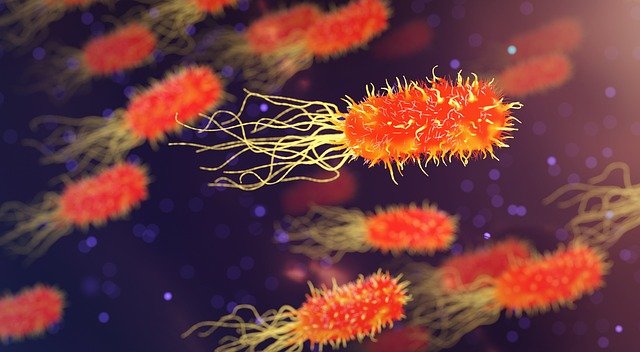Researchers create a bacteria-containing coating which could transform wastewater treatment
Human activity is largely responsible for water pollution, from sources such as households to industrial contaminants, such as toxic waste or chemical runoff. This can harm ecosystems and impact tourism, public health, and the overall economy. With eighty percent of wastewater left untreated, efficient wastewater treatment is vital in tackling global water pollution. Researchers at the Universities of Warwick and Surrey have produced a biocoating which has the potential to make the water treatment process significantly easier.
What is a biocoating, and how do they work?
porous substances that encapsulate cells in a liquid and can also keep them stable in a dry state.
One way to immobilise cells is by using biocoatings, which are porous substances that encapsulate cells in a liquid and can also keep them stable in a dry state. Materials such as latex can be used in wastewater to form a coating that confines bacteria once the water evaporates. This means that the bacteria remain metabolically active but do not grow when in the dry film, returning to normal when they’re rehydrated. The problem with most biocoatings is that they usually have a low porosity, so it’s difficult for nutrients and metabolic products to pass through.
Hazardous pollutants in wastewater can be removed by biocatalysts, which are living organisms (such as bacteria) that help to speed up chemical reactions. The most common contaminants, nitrogen compounds, can lead to eutrophication (algae overgrowth which kills aquatic animals by using up the available oxygen.) Useful bacteria, that remove nitrogen compounds, are necessary, but difficult to remove from the liquid once the process is over and can have toxic metabolic waste products.
Cell immobilisation is a technique used to physically separate bacteria from wastewater by trapping them in a matrix, which makes biocatalyst separation, storage, and shipping much easier, and can also increase production rate to make the process more efficient. However, most materials for cell immobilisation have drawbacks; an ideal material would have high permeability to allow molecules such as nutrients to pass through the barrier so the bacteria can survive, as well as being stable enough that it can be used for a long time without breaking down.
Stefan Bon, professor at University of Warwick and of BonLab, has collaborated with research teams at Surrey University to make a porous biocoating.
Stefan Bon, professor at University of Warwick and head of BonLab, has collaborated with research teams at Surrey University to make a porous biocoating. By adding hard clay nanotubes (halloysites) to a latex coating, the team were able to increase the permeability of the biocoating whilst still maintaining its stability. The hollow halloysites prevent the latex from packing too closely, leaving little to no gaps, which is why latex normally has low porosity. The latex used was chosen so that it was both nontoxic to the biocatalyst (in this case, Escherichia coli) and stable at room temperature. The researchers detected metabolic activity of E. coli in the biocoating and concluded that the addition of halloysite nanotubes increased bacterial viability.
These findings have the potential to enhance wastewater treatment
By increasing the permeability of the biocoating, the bacteria are better able to survive within the coating and regain normal function afterwards. These findings have the potential to enhance wastewater treatment massively. By making easier the process of reobtaining the bacteria used to treat wastewater, treatment becomes quicker and the bacteria can be used for longer since they can be stored in the dry state and remain viable. Although E. coli was used in this research, the scientists say the biocoating can easily be adapted for other bacteria and other uses. The results of this collaboration could lead to enhanced biofuel and biogas production, alongside more efficient and widespread wastewater treatment, all of which would reduce air and water pollution and benefit the environment.

Comments